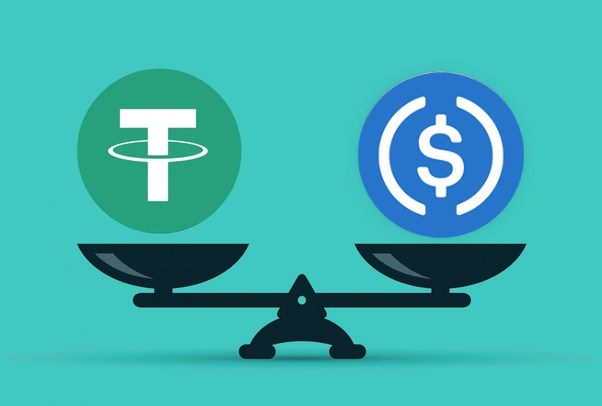
According to Trading Economics data, the price of copper has surged to its highest level in 11 months after Chinese producers pledged to seek measures to cope with the decline in processing fees, including cutting production which could leave buyers short of supply.
The price jumped more than 3% on March 14 after at least 15 Chinese smelter chiefs discussed measures including cutbacks in output at a gathering in Beijing. The price surge made for a busy trading day on the London Metal Exchange.
The price of copper rose 3.1% to $8,927 per tonne on the London Metal Exchange. The highest traded price during the day was $8,950 per tonne.
The Comex copper surged the most in 16 months, jumping 3.3% to $4.06 per pound. The increase started at the Shanghai Futures Exchange (SHFE), where copper reached its highest in two years at 70,460 yuan ($9,796) per tonne.
Shares of copper producers also increased, with First Quantum Minerals Ltd. rising 12%, Freeport-McMoran Inc. gaining over 7%, Antofagasta Plc and Glencore Plc adding about 5%.
Jefferies analysts, including Christopher Lafemina, said: “The timing of the next copper price upcycle has been extended by prospects of better demand than we had previously imagined.” “There are clearly still risks and we have not raised our short-term copper price forecast, but our current bias is increasingly cautious.”

Copper price movements over the past 1 year (Source: Trading Economics)
China’s copper smelters are facing a crisis as processing and refining fees – the charges they pay to convert ore into copper – plunge. That has prompted discussions about cutting output at the smelters, which rely heavily on imported raw material.
However, there were no official decisions or commitments made at the meeting and specific steps would be announced later.
The decline in processing fees has been driven by a series of supply disruptions in the mining industry, including the closure of a large mine owned by First Quantum in Panama and a sharp reduction in output at Anglo American Plc.
The shortage has led to intense competition for the copper concentrate that is mined, causing the income of smelters to drop to the lowest in a decade.
The significant capacity expansion in refining this year – mainly in China, as well as in India and Indonesia – has also led to increasing competition for available spot market supply which has been dwindling.
There are, however, doubts about whether Chinese smelters will continue to cut back on a large scale – further supporting copper prices – or whether they will seek to make up for the shortfall, believing market conditions will improve. Concerns over demand are also creating obstacles for copper, with an ongoing property crisis in China and rising global interest rates impacting the prospects for copper use in construction and manufacturing.
The metal is used in a wide range of construction materials, including both electrical wires and plumbing pipes. That means it is a measure of the economy as it heats up during strong economic growth and cools down when the economy contracts. Traders call the metal “Dr. Copper” because of its predictive qualities for the economy.
Data on China’s borrowings is expected this week including the total social finance – a proxy for metal consumption in the future – that could provide some clarity on demand prospects.
Reference: Reuters, Mining










































